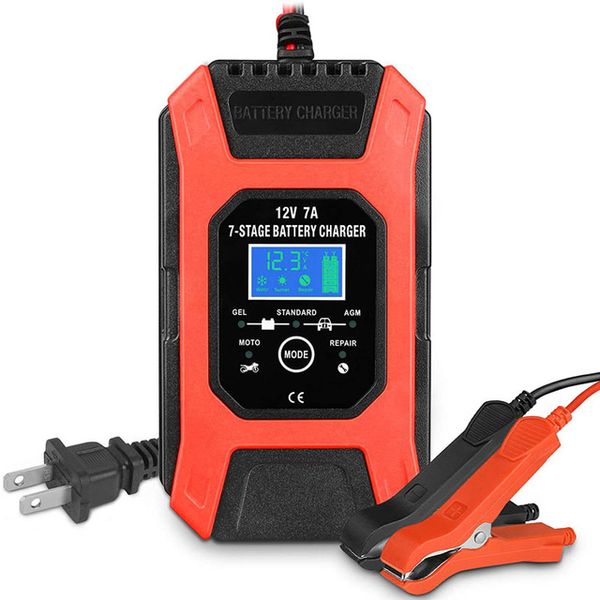

The meter should read 12.6 volts or higher to be considered charged.

Look for a P, POS or the + symbol for positive and N, NEG or – symbol for the negative near the terminal. Locate the positive and negative sides of the car battery.Take the charger cables connected to the charger and unwrap or untangle them, if necessary.Select the proper charge setting and rate for your situation and battery type.Check to make sure the charger is not connected into a power source.If the battery was completely dead, it may take up to 24 hours to charge fully. It’s recommended that you let the vehicle charge overnight with this setting. Using this setting will help ensure that the battery lasts longer, though the process will obviously take more time. The slow charging setting is less taxing on the actual battery. The fast charging setting should only be used in emergencies.
Fast car battery charger manual#
If you see a ‘crank assist’ setting, this is for simply jump starting the battery.Ĭheck the vehicle manual to be sure your car’s voltage matches the charger’s DC output voltage. Usually there is a setting to charge 6V batteries, as well as fast and slow charging rates for 12V batteries. Select the proper setting to fit the type of charge depending on the type of battery in your car and the speed of the charge needed. Never connect the negative clamp to the carburetor, fuel lines or body panels of the car.Do not touch the clamps while the charger is on.Don’t face the battery when connecting the clamps.



 0 kommentar(er)
0 kommentar(er)
